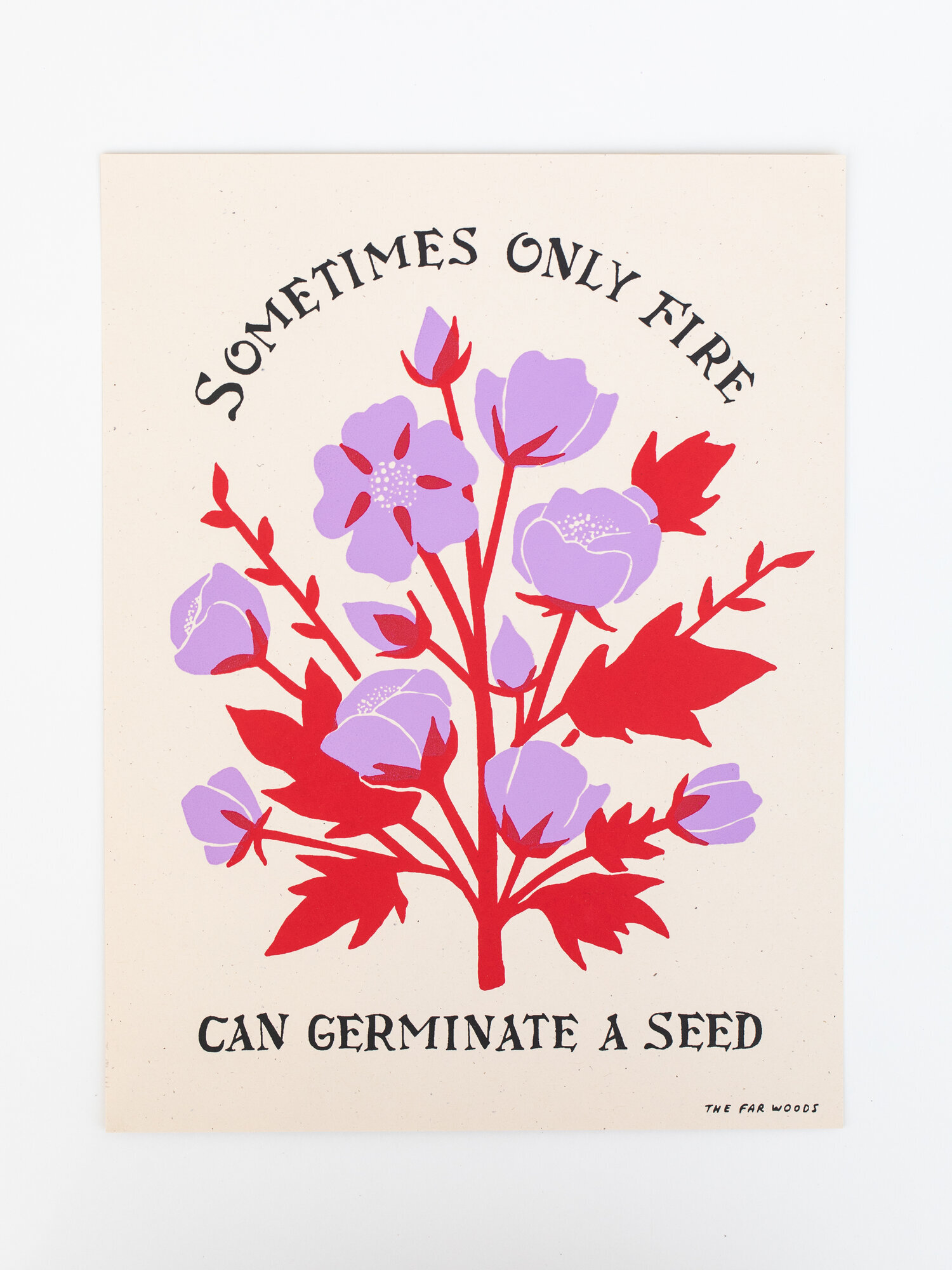By Rev. Dr. Melinda V. McLain
In the Kitchen
While many folks have been baking their way into oblivion during the pandemic, I’ve been working on how to cook and eat cleaner and better with less effort, fewer trips to the grocery store, and without having to spend all my time planning and cooking meals. Besides, it’s more fun for me to buy spectacular bread from our chef friend Deirdre Davis of Pinoli Farmhouse Kitchen instead of learning to bake sourdough myself!
While I’ve developed a number of recipes to keep life interesting for all this pandemic cooking at home, I have developed a pretty good pattern of how to turn a single chicken into 10-12 meals over the course of a week or so. For a bigger household, you can also use my “chicken game” to extend your budget and meals or you could simply roast two chickens at a time and get 20-22 (or more?) meals!
This all begins with a whole roasted chicken. Sure you can buy them at various grocery stores already cooked, but you will pay more and get a smaller, drier, and less delicious chicken than if you learn to roast a fresh one in your own kitchen.
Perfecting my chicken game also helped me to get more value from the expense of buying better quality poultry from producers who raise the birds well and do not engage in some of the awful practices of less ethical poultry companies. I regularly buy Mary’s Organic Chicken from the El Cerrito Natural Grocery, but again do what works for you. Some big chains sell whole organic birds in two packs and that could bring your cost down, too.
Roasting a chicken isn’t all that hard, but it does take a bit of practice. We have a little countertop NuWave oven that we got when we lived in an apartment in San Francisco with a dreadful circa 1962 oven. Even after we moved and got a brand new stove, I still love using this oven for a roasted chicken. Use whatever you’ve got, but be careful with your initial seasoning so that the chicken can be used many ways.
I like to simply slather it with a mixture of olive oil, Meyer lemon juice, fresh chopped rosemary, and salt and pepper. The lemons and rosemary are available year round in our garden, so you can probably grow them too or get some from neighbors! I’m also a fan of placing the chicken on a rack breast side down and then flipping it over with a pair of tongs halfway through cooking. In the NuWave, I put sliced or cubed sweet potatoes and the chicken’s giblets in the bottom of the oven to cook in the juices of the chicken. Yummy and easy!
I admit that I was very fortunate to have been taught how to cut up a chicken by my great-grandmother whose chicken and egg operation allowed her family to survive during the Dust Bowl years. But even if you don’t know how to do it now, you can learn to quarter a chicken. And I’ve found that after quartering, I can divide the breast portion one more time to create a wing-breast portion and then use the rest of the breast and back meat later. We eat the leg-thigh combo in our first meal.
Our second meal usually includes rice or quinoa along with the wing-breast piece and we’ve now had four meals from one bird. But the magic comes when we use the rest of the chicken.
Over time, I’ve found and simplified or made-up lots of recipes that will create another 6-8 meals using the chicken that is left. Here are a few of my favorites, but adapt your own too!
Chicken soup with rice or noodles and lots of veggies. This is so easy to make when the chicken is already cooked. Be sure to use all the fat and juice from the roasting process plus some olive oil to sauté onions, celery, and carrots in a big soup pot, add chicken stock or broth, the chicken, and then any bite-sized veggies you have on hand. If you then add noodles or rice, this delicious and nutritious soup can stretch a long way! Use different seasonings to create variations on this basic recipe that can take you from Spain to China and back to Northern California. Be creative!
Thai green curry with chicken. There are a gazillion recipes for this dish, but I keep it simple by using Thai fish sauce, fresh garlic, coconut milk, and pre-made green curry paste. I cook cubed butternut squash in the coconut milk, add the bite-sized chicken, and then frozen green beans at the very end. Poured over rice, this is a one bowl meal that we can stretch into 4 to 6 meals. It also freezes well, so eat it one night and then defrost later when you don’t have time to cook.
Chicken putanesca sauce for pasta. In the summer, we often cook and freeze tomatoes from our garden to use later or you can buy canned tomatoes in quantity to have in your pantry. Sauté onions and garlic in a big pot, add the tomatoes, Italian seasonings, and slice Kalamata olives into the mixture. Use the juice from the olives too, but if the sauce is too thin, use a bit of arrowroot or cornstarch to thicken. Add the chicken and mix with your favorite pasta. This also freezes well and can extend to 6 or even 8 more meals!
Green chile chicken stew. This is the delicious and easy way to bring the flavor of the Southwest home. Sauté onions and lots of garlic in olive oil in a big soup pot. Add Mexican oregano and canned green chiles. Hatch chiles are the best, but other canned chiles work fine. Be sure to slice into bite-sized pieces if they are whole. Add chicken stock or broth and the chicken plus you can also add cubed potatoes or canned or home-cooked beans to extend the dish further. You can also add some hot sauce or hotter than hatch peppers if you want more zing. This stew is also good over rice - stretching it even farther - and is another great thing to have in the freezer.
In the summer, my chicken game includes making cold sesame noodles and a variety of chicken salads.
Got a great recipe that fits into the chicken game or want to know more about any of these recipes? I’m always ready to talk about good food for your own good table at home.






















